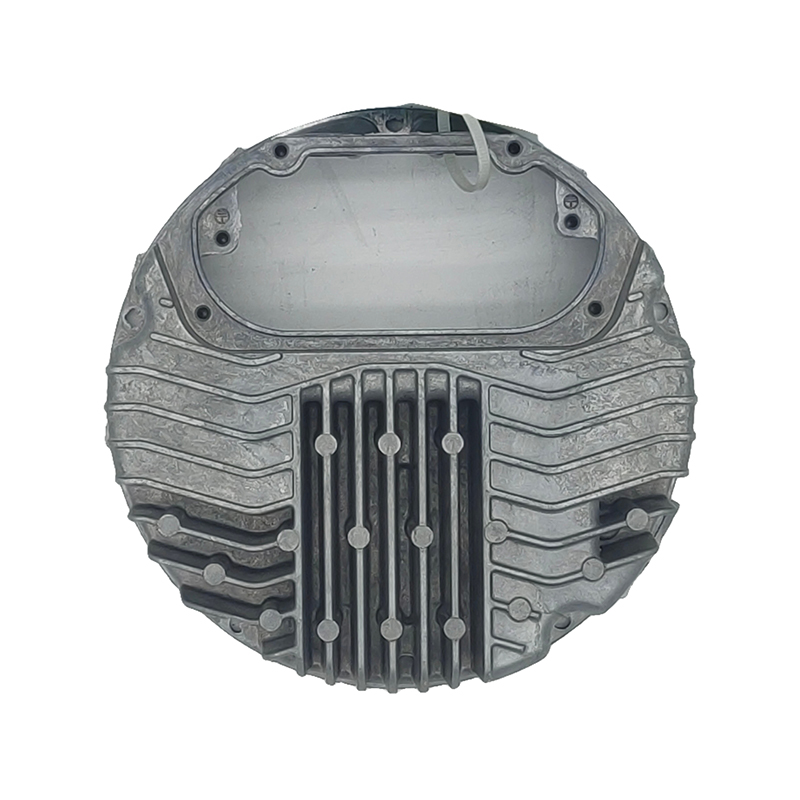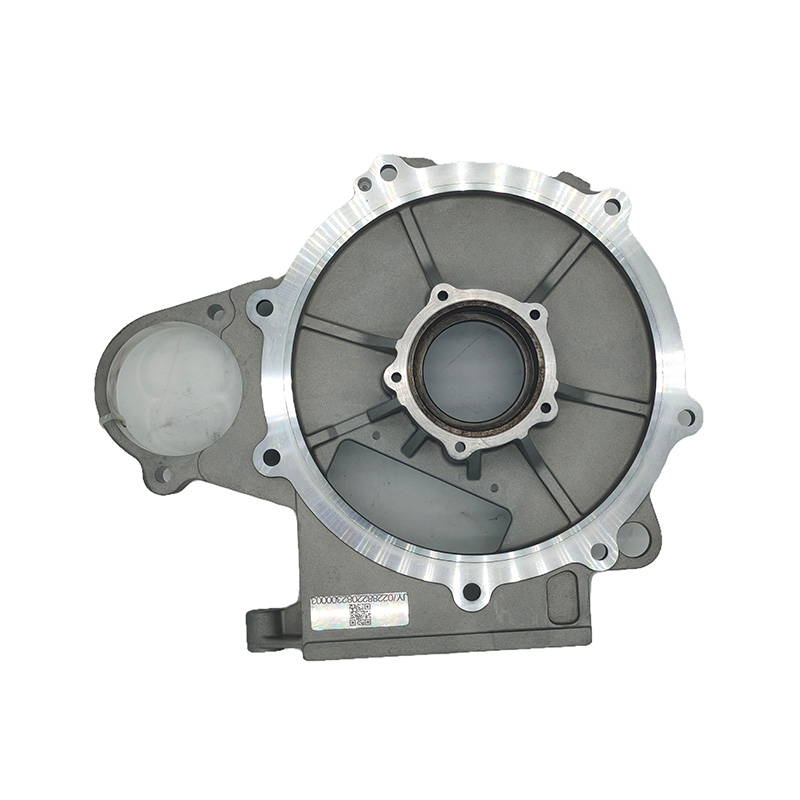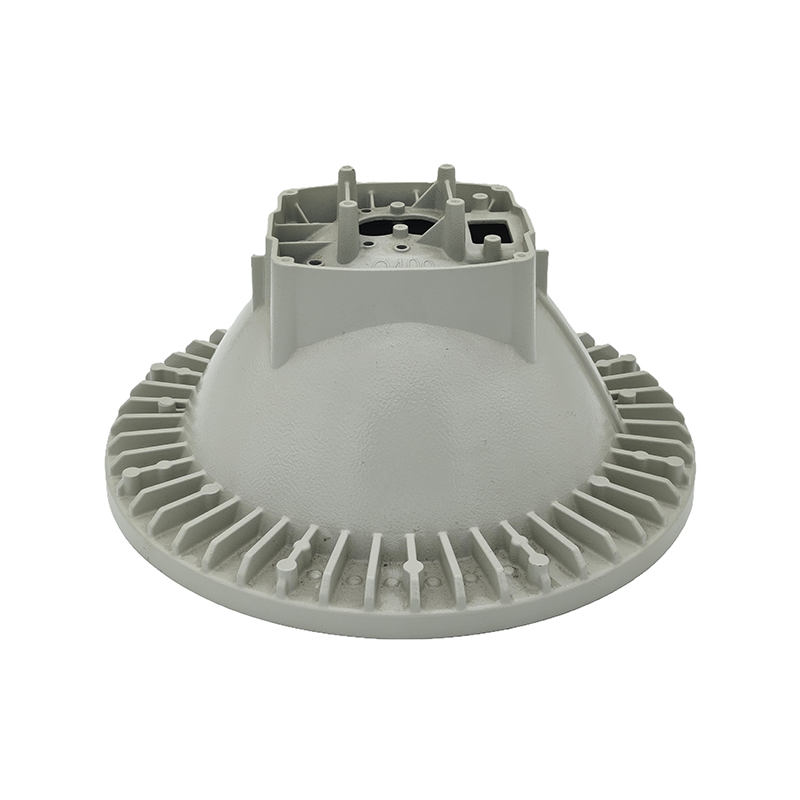Die casting is a popular and efficient manufacturing process for producing high-precision metal parts. It is widely used across many industries such as automotive, aerospace, and electronics. Like any manufacturing process, die casting is prone to defects, which can negatively affect part quality, performance, and the overall production cost.
1. Porosity
Porosity is one of the most common defects in die casting molds. It occurs when air pockets or gas bubbles become trapped within the metal as it solidifies. These voids can be present on the surface (surface porosity) or inside the casting (internal porosity).
Causes of Porosity
- Air Trapping: When the molten metal is injected into the mold cavity, air can become trapped and form gas pockets.
- Inadequate Venting: Insufficient or poorly designed venting channels in the mold can cause gas to become trapped inside the casting.
- High Gas Content in Molten Metal: Molten metal that contains high amounts of dissolved gases can lead to the formation of bubbles as the metal solidifies.
- Rapid Cooling Rate: If the cooling rate is too fast, it can trap gases within the casting before they have a chance to escape.
Prevention of Porosity
- Proper Venting Design: Ensure that the mold has adequate venting to allow gas to escape as the molten metal enters the mold cavity. Vents should be strategically placed at the highest points of the mold.
- Control Molten Metal Temperature: By controlling the temperature of the molten metal, it is possible to minimize the amount of dissolved gas, reducing the risk of porosity.
- Preheat the Mold: Preheating the mold to a specific temperature can help reduce air entrapment by ensuring the molten metal does not cool too quickly when injected.
- Optimize Injection Speed: Adjust the injection speed to ensure the molten metal flows smoothly and air is not trapped in the mold.
2. Cold Shut
Cold shut occurs when two streams of molten metal meet but fail to fuse properly due to insufficient temperature. This results in a visible line or separation in the casting, which can affect its structural integrity.
Causes of Cold Shut
- Slow Injection Speed: If the molten metal enters the mold too slowly, it can begin to solidify before the two streams meet, causing cold shut.
- Poor Mold Design: A poorly designed gate or runner system can lead to uneven flow of molten metal, resulting in cold shut.
- Incorrect Metal Temperature: If the molten metal is too cool when injected into the mold, it can solidify prematurely, preventing proper fusion of the metal streams.
Prevention of Cold Shut
- Increase Injection Speed: Increasing the speed at which molten metal is injected ensures that the metal remains molten long enough to fuse properly.
- Optimize Mold Design: Properly design the gate, runner, and sprue system to ensure an even flow of molten metal into the mold cavity. This ensures that the two metal streams meet evenly without causing cold shut.
- Maintain Proper Molten Metal Temperature: Ensure that the molten metal is at the correct temperature before injection. Use temperature controllers to monitor and maintain the temperature to avoid premature solidification.
3. Shrinkage
Shrinkage refers to the reduction in volume of the molten metal as it cools and solidifies. This can lead to voids or cavities within the casting, particularly in thicker sections, and it often results in the casting failing to meet dimensional specifications.

Causes of Shrinkage
- Inadequate Feeding System: If the mold lacks a sufficient feeding system, it may not provide enough molten metal to compensate for the shrinkage that occurs as the metal solidifies.
- Rapid Cooling: If the cooling rate is too fast, the metal may solidify too quickly, causing contraction and shrinkage.
- Improper Mold Design: A mold design with uneven wall thickness can lead to shrinkage in certain areas, as thicker sections take longer to cool and solidify.
Prevention of Shrinkage
- Design Proper Feeding Systems: Ensure that the mold has a proper feeding system that compensates for shrinkage by supplying molten metal to the casting as it cools.
- Control Cooling Rate: Use controlled cooling techniques to ensure that the molten metal cools slowly and uniformly, preventing excessive shrinkage.
- Optimize Mold Design: Design the mold with consistent wall thickness to ensure even cooling. Avoid thick sections that take longer to solidify and cause shrinkage.
4. Flash
Flash is an unwanted excess of metal that flows into the gap between the mold parts during the injection process. It results in thin projections of metal on the surface of the casting.
Causes of Flash
- Excessive Injection Pressure: Too much pressure during injection can cause molten metal to flow into areas where it shouldn’t, resulting in flash.
- Poor Mold Alignment: If the mold halves are not aligned correctly, molten metal can leak out and form flash.
- Excessive Metal Injection: Injecting more molten metal than necessary can result in metal overflowing and forming flash.
Prevention of Flash
- Proper Mold Alignment: Ensure that the mold halves are properly aligned to prevent leaks and flash formation.
- Control Injection Pressure: Maintain the right amount of injection pressure to prevent excessive metal from being injected into the mold cavity.
- Adjust Injection Volume: Use the appropriate amount of molten metal for each casting. This can be done by optimizing the size of the sprue and gate system.
5. Misalignment
Misalignment occurs when the mold halves are not properly aligned during the injection process, resulting in uneven surfaces, dimensional inaccuracies, or incorrect casting shapes.
Causes of Misalignment
- Mold Wear: Over time, the mold components can wear out, causing misalignment.
- Incorrect Clamping: If the mold is not clamped correctly, it can shift during the injection process.
- Improper Machine Setup: Incorrect setup of the die casting machine can lead to misalignment of the mold halves.
Prevention of Misalignment
- Regular Mold Maintenance: Regularly inspect and maintain the mold to ensure that all components are in good working condition and aligned properly.
- Proper Clamping Force: Ensure that the correct amount of clamping force is applied to the mold to prevent shifting during injection.
- Accurate Machine Setup: Properly set up and calibrate the die casting machine to ensure correct mold alignment.
Common Die Casting Defects and Their Prevention
| Defect | Cause | Prevention |
|---|---|---|
| Porosity | Air trapping, inadequate venting, high gas content | Proper venting, controlled metal temperature, preheating |
| Cold Shut | Slow injection speed, poor mold design, low metal temperature | Increase injection speed, optimize mold design, maintain proper temperature |
| Shrinkage | Inadequate feeding system, rapid cooling, uneven wall thickness | Design feeding system, control cooling rate, optimize mold design |
| Flash | Excessive injection pressure, poor mold alignment, excessive metal injection | Proper mold alignment, control injection pressure, adjust injection volume |
| Misalignment | Mold wear, incorrect clamping, improper machine setup | Regular mold maintenance, proper clamping, accurate machine setup |

 English
English Español
Español Deutsch
Deutsch русский
русский







